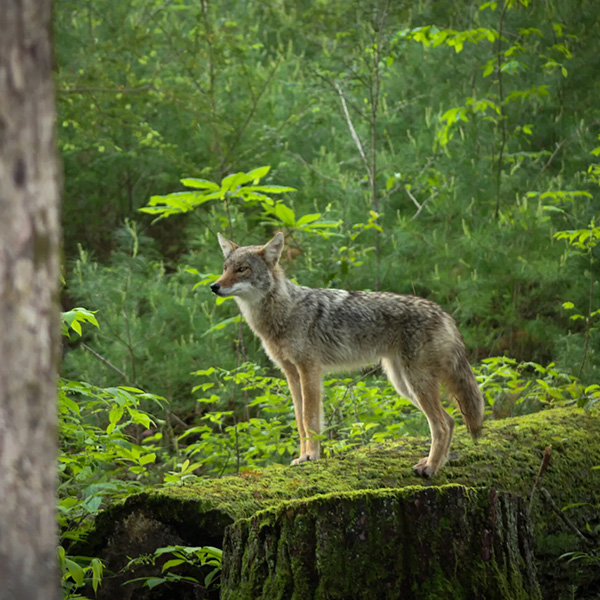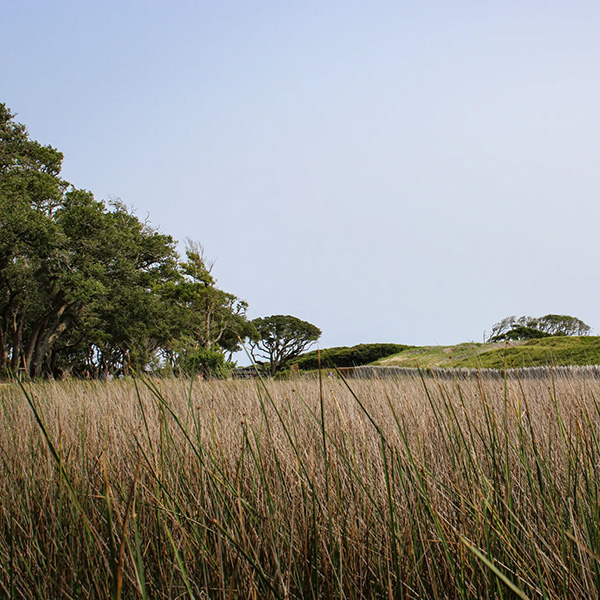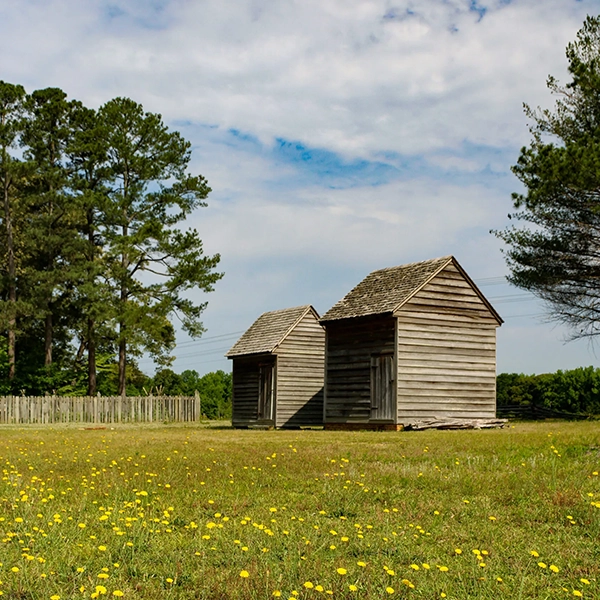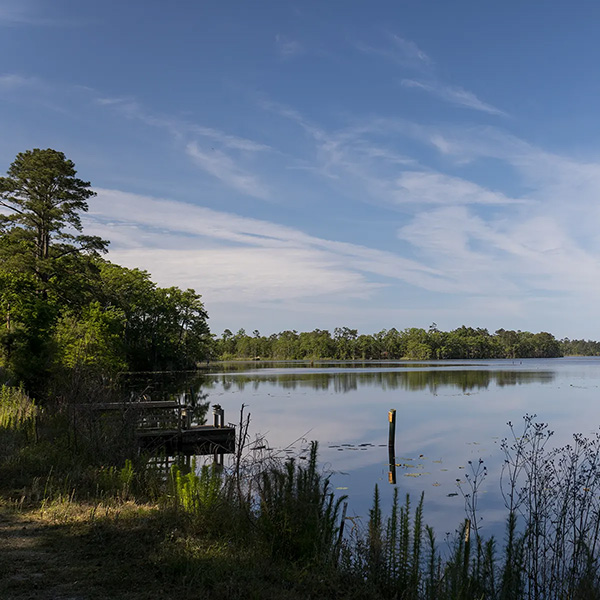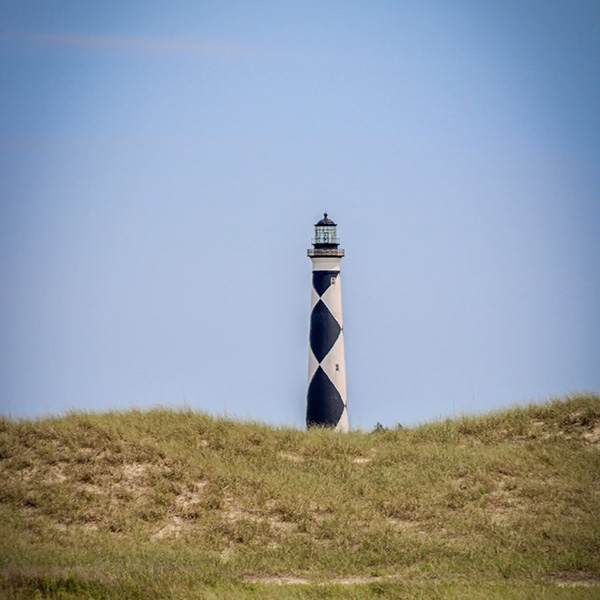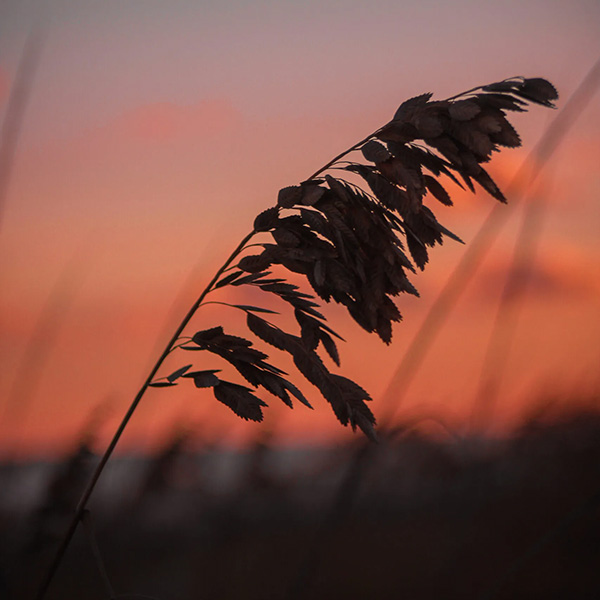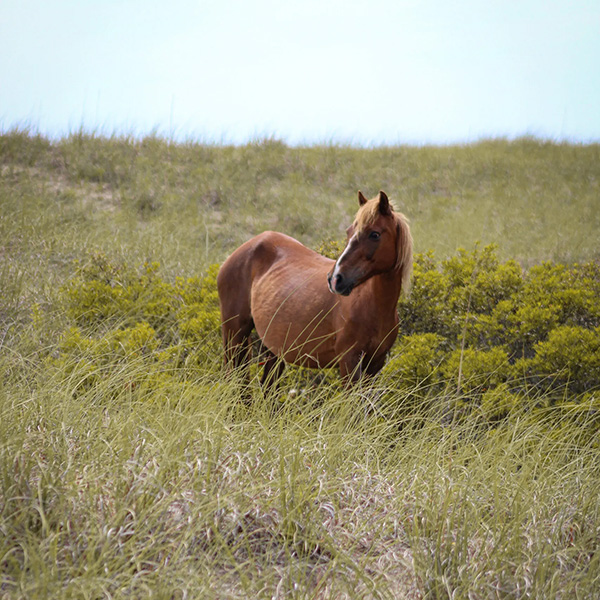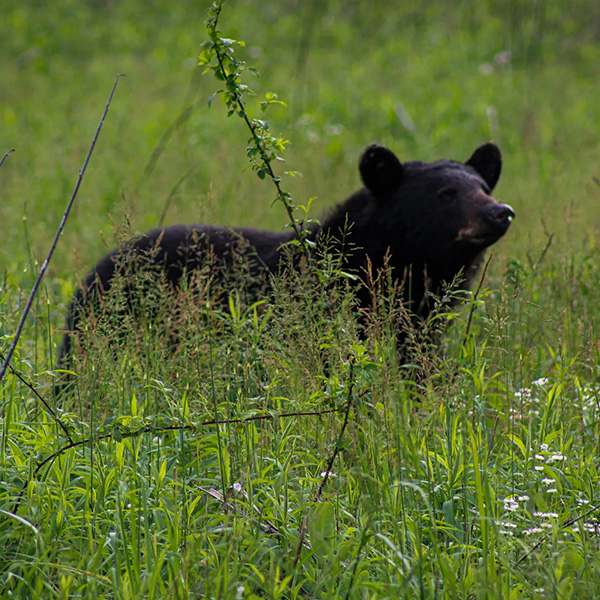
I spent most of my life within an hour of Bald Head Island, but never actually got to experience it for myself. At least, not until I was grown—and even then, it was only because I landed a summer job there.
That’s true for most locals, honestly. Bald Head always felt like a place meant for someone else.
My first real day on the island without wearing a work uniform didn’t happen until this past September.
It felt strange stepping off the ferry as a visitor instead of a worker. I felt out of place. Vulnerable.
Bald Head carries this quiet air of exclusivity—where movie stars go to disappear and executives hide behind the dunes. But beneath all that polish lies a story far older and wilder than most people realize.
Did you know Bald Head Island has been on maps since the 1500s?
Tucked at the mouth of the Cape Fear River in Brunswick County, this little barrier island first served as a navigational landmark for sailors braving one of the most dangerous stretches of the Atlantic.
The name “Bald Head” likely came from a big, bare sand dune or headland—kind of like a smaller version of Jockey’s Ridge—that early sailors could spot from the sea. Over time, that dune was stripped bare (“bald”) after European settlers turned pigs and cattle loose on the island in the late 1600s. The animals were left behind by Barbadian settlers who planned to return for them later, but they ate away the vegetation and forever changed the island’s landscape.
In 1713, Landgrave Thomas Smith—the son of a former Carolina governor—was granted what was then called “Cape Island,” which included today’s Bald Head, Middle Island, and Bluff Island.
Over the next century, the area became a haven for pirates like Blackbeard and Stede Bonnet, who took advantage of its quiet inlets and easy access to trade routes.
By the Revolutionary War, Bald Head was in the thick of things again. In 1776, British generals Henry Clinton and Charles Cornwallis used the island as a staging ground for their invasion of Charleston, even building a small fort and hospital called Fort George.
A few decades later, Bald Head took on a new role—helping mariners instead of hiding from them. In 1789, Benjamin Smith, the last heir to the Smith land grant (and a future governor of North Carolina), donated land for a lighthouse.

President Thomas Jefferson approved the project, and in 1817, Old Baldy was completed. Standing 90 feet tall with 108 steps, it guided sailors past the deadly Frying Pan Shoals for more than a century. Today, Old Baldy still stands proud—the oldest lighthouse in North Carolina—and visitors can climb to the top for sweeping views of the island.
During the Civil War, Bald Head became a Confederate outpost where blockade runners slipped past Union ships under cover of darkness. After the war, it returned to its quiet, rugged self—a place for fishermen, hunters, and wild hogs descended from those first free-ranging pigs centuries before.
The island stayed mostly untouched until the 20th century. Businessman Frank Sherrill bought it in 1938 with plans to develop it, but those plans fizzled out.
Then, in 1970, the Cape Fear Corporation purchased the island and made a remarkable move—they donated about three-quarters of it (roughly 10,000 acres) to the state for conservation. That decision protected crucial habitats for sea turtles, shorebirds, and coastal wildlife.
In the years that followed, the rest of the island was developed carefully, balancing preservation with progress. Groups like the Bald Head Association and Bald Head Island Conservancy formed in the 1980s to protect the unique ecosystem. Even today, about 80% of Bald Head is still undeveloped.
The island officially became a town in 1985, and these days, it’s known for being car-free, reachable only by ferry or private boat. Fewer than 200 people live there year-round, but in summer, the population swells with visitors coming to climb Old Baldy, paddle through the salt marshes, or just enjoy the peace that only comes from being surrounded by nature.
Walking those paths this fall—hearing the crunch of sand under my shoes, watching the marsh grass sway in the breeze—made me see Bald Head in a whole new light. Exclusive? Maybe. But Bald Head hasn’t lost its spirit.
It’s not just exclusive. It’s enduring. Wild at heart. A place that’s managed to hold its history and its nature in perfect balance—a reminder that some places evolve without ever losing themselves.









